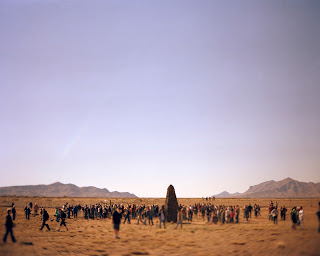Via Knight Science Journalism
July 26, 2021
Twenty-one distinguished journalists will pursue a diverse range of projects related to science, health, technology, and the environment.
The Knight Science Journalism Program (KSJ) is pleased to announce that it has selected a group of 21 distinguished science journalists for its 2021-22 project fellowship class — a cohort that ranges from award-winning freelance writers to staff reporters for outlets such as The Dallas Morning News, The New York Times, and MIT Technology Review.
It marks the second year that KSJ will offer the remote project fellowships, which were established in response to the unique challenges and public health concerns presented by the Covid-19 pandemic. The fellowships are designed to support journalists pursuing a diverse range of projects related to science, health, technology, and the environment. Each fellow will receive a stipend and a budget for project related expenses, as well as access to seminars, workshops, mentoring, and a large offering of online resources at MIT. (KSJ’s traditional in-person fellowships are expected to resume in the 2022-23 academic year.)
The newly selected fellows will pursue in-depth reporting projects probing issues such as globalization in the artificial intelligence industry, inequities in maternal health, animal lab testing, and environmental justice in the Deep South. “It’s an impressive array of projects that really embodies the multitude of ways our lives are touched by science.” said KSJ associate director Ashley Smart. “We’re proud to be able to support so much important work — and the talented journalists who are undertaking it.”
“The Knight Science Journalism Program is honored to contribute to the work being done by this talented group of science journalists,” said KSJ director Deborah Blum. “It’s a pleasure to see such innovative and insightful work across so many platforms – books, documentary films, podcasts, long-form investigative stories – all with such a promise of making a difference.”
Selected from a highly competitive pool of applicants, the 2021-22 fellowship class includes authors, reporters, documentary photographers, and multimedia journalists representing every time zone in the contiguous United States. Seven journalists will receive full-year fellowships supported by $40,000 stipends; fourteen will receive single semester fellowships supported by $20,000 stipends, with nine in the fall semester and five in the spring semester fellowships.
The Knight Science Journalism program, supported by a generous endowment from the John S. and James L. Knight Foundation, is recognized around the world as the premier mid-career fellowship program for science writers, editors, and multimedia journalists. The program’s goal is to foster professional growth among the world’s small but essential community of journalists covering science and technology, and encourage them to pursue that mission, first and foremost, in the public interest.
Since its founding in 1983, the program has hosted more than 350 fellows representing media outlets from The New York Times to Le Monde, from CNN to the Australian Broadcasting Corporation, and more. In addition to the fellowship program, KSJ publishes the award-winning digital magazine Undark and administers a national journalism prize, the Victor K. McElheny Award, honoring local and regional science reporting. KSJ’s academic home at MIT is the Department of Science, Technology and Society, which is part of the School of Humanities Arts and Social Sciences.
Nina Berman is a documentary photographer, filmmaker, author and professor at Columbia University Graduate School of Journalism. Her books include “Purple Hearts – Back from Iraq,” (Trolley, 2004), “Homeland,” (Trolley, 2008) and “An autobiography of Miss Wish” (2017). Berman’s project, When the Jets Fly, is a multi-channel documentary film, photography and audio report investigating the environmental impact of USA military training focusing on Whidbey Island, WA, and the greater Puget Sound area.









